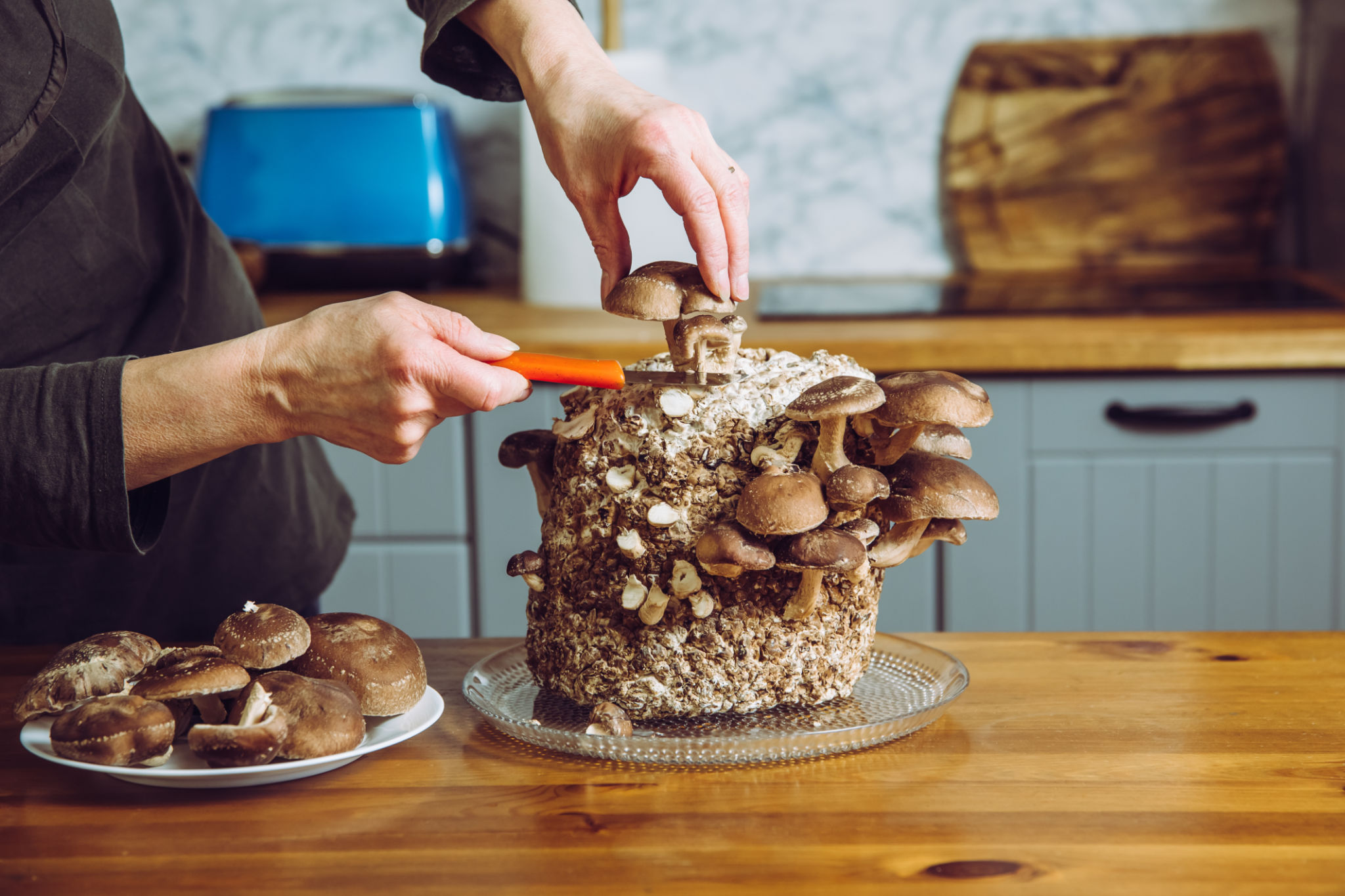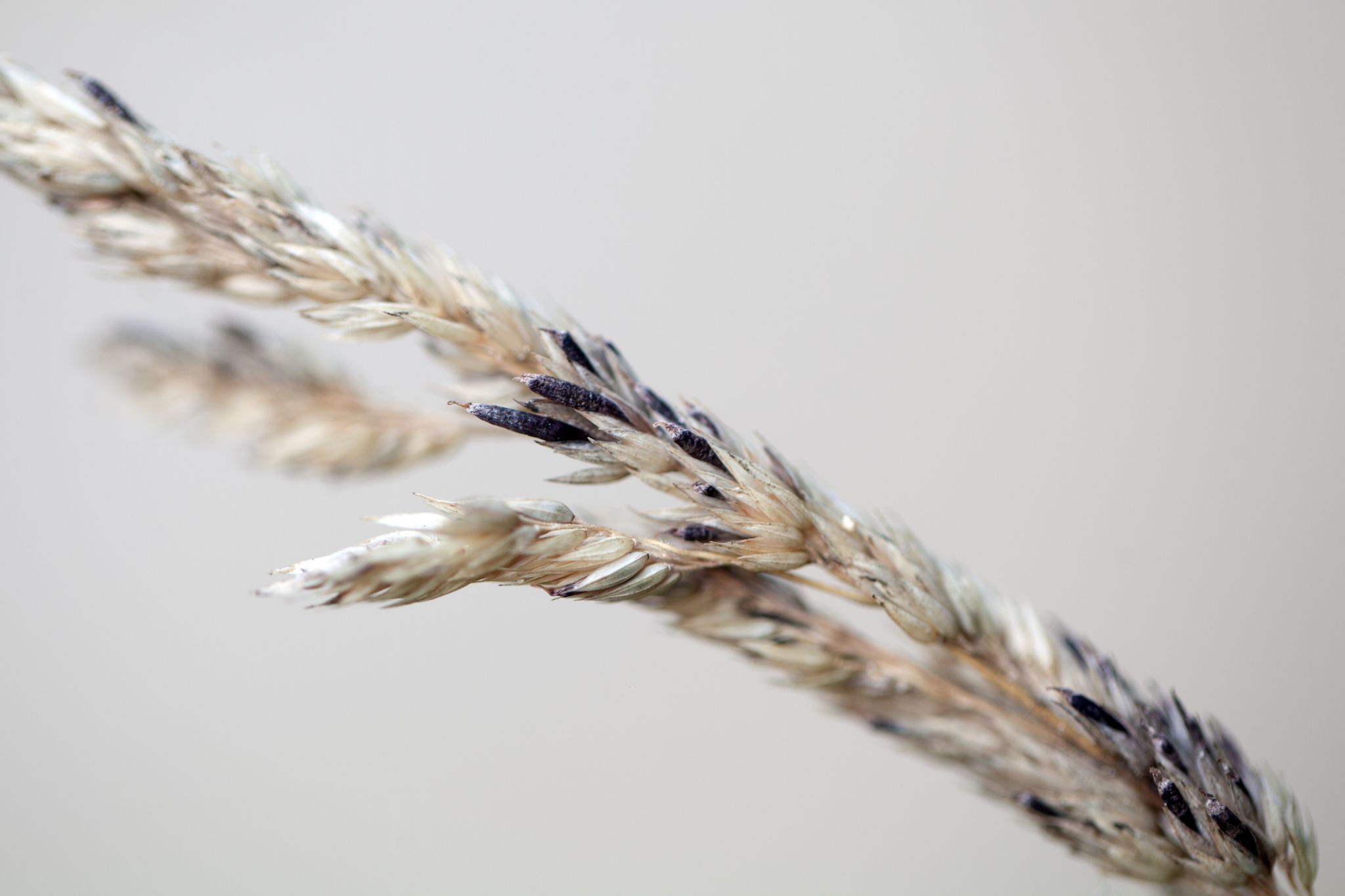Mushroom Cultivation in Idaho: Tips for Success from Basidia Farms
Understanding the Basics of Mushroom Cultivation
Mushroom cultivation offers an exciting opportunity for both hobbyists and commercial growers in Idaho. With its unique climate and soil conditions, Idaho provides a fertile ground for fungi enthusiasts to explore various mushroom varieties. At Basidia Farms, we've honed our techniques over years of experience and are excited to share some essential tips for successful mushroom cultivation.

Selecting the Right Mushroom Variety
The first step in successful cultivation is choosing the right mushroom species. Not all mushrooms thrive in every environment, so it's crucial to select varieties that are well-suited to Idaho's climate. Oyster, shiitake, and lion's mane mushrooms are popular choices for beginners due to their adaptability and resilience.
When selecting a variety, consider your intended use—whether for personal consumption or commercial sales—and the growing conditions you can provide. Each mushroom species has specific requirements, so research is key to making an informed decision.
Preparing Your Growing Medium
Mushrooms grow on a substrate, which provides the necessary nutrients for development. Common substrates include straw, sawdust, and composted manure. At Basidia Farms, we recommend using locally sourced materials to support sustainable practices and ensure freshness.
Properly preparing your substrate is vital. This often involves pasteurizing or sterilizing the material to eliminate competing organisms. A well-prepared substrate increases the likelihood of a successful crop and minimizes contamination risks.

Maintaining Optimal Growing Conditions
Mushrooms require specific environmental conditions to flourish. Factors such as temperature, humidity, and light exposure must be carefully controlled. Most mushroom species prefer temperatures between 55-75°F and high humidity levels around 80-90%.
Utilize tools like humidifiers and fans to maintain these conditions within your growing space. Regular monitoring is essential to ensure that your mushrooms have the best possible environment for growth.
Implementing Effective Pest and Disease Management
Pests and diseases can pose significant challenges to mushroom cultivation. Common threats include fungus gnats, mites, and bacterial infections. Implementing preventative measures, such as maintaining cleanliness and using insect traps, can help reduce these risks.
If issues arise, it's important to act quickly. Organic treatments and natural predators are effective methods for managing pests without harming the delicate ecosystem of your mushroom farm.

Harvesting and Post-Harvest Care
Timing is everything when it comes to harvesting mushrooms. For optimal flavor and texture, harvest when the caps are fully formed but before they begin to flatten. Use clean hands or tools to gently twist or cut the mushrooms at the base.
After harvesting, proper storage is crucial. Refrigerate your mushrooms promptly to extend their shelf life and preserve their quality. If you're looking to sell your crop, packaging them in breathable containers helps maintain freshness during transport.
Continuous Learning and Adaptation
Mushroom cultivation is both an art and a science. Continuous learning and adaptation are essential for success in this ever-evolving field. Engage with local grower communities and online forums to exchange knowledge and stay updated with the latest techniques and innovations.
Basidia Farms encourages new growers to experiment with different methods and document their results. This practice not only enhances personal skills but also contributes valuable insights to the broader cultivation community.
